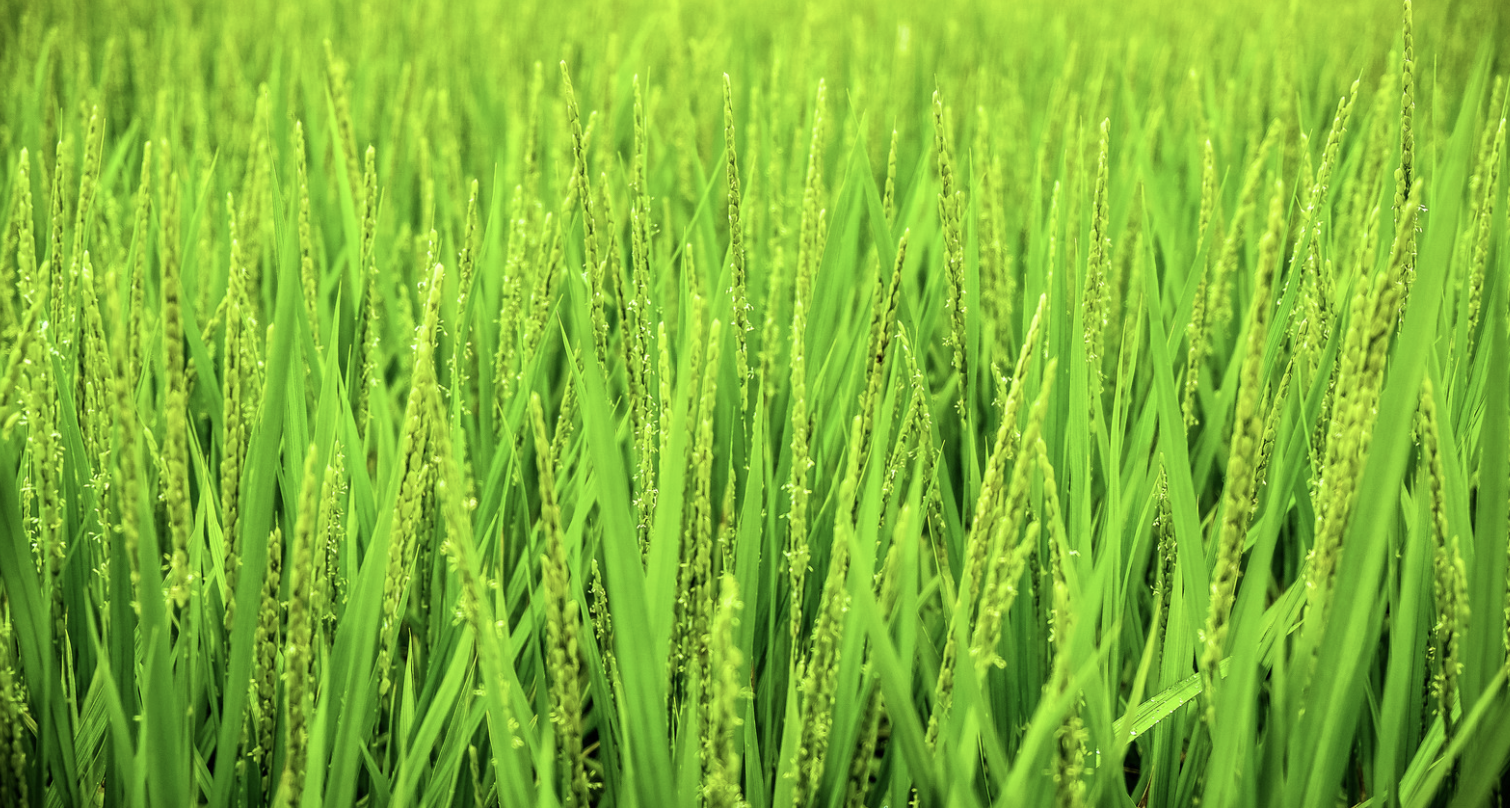
Agriculture’s Green Transition: How the CAP Protects the Environment
Climate change is one of the defining challenges of our era, and its consequences are already visible across many nations – particularly in Mediterranean countries such as Greece. The examples are numerous: from catastrophic floods, like those unleashed by Storm Daniel just a few years ago, to the raging wildfires that hit Greece every single summer.
The agricultural sector is among the sectors most severely affected, as these extreme weather events destroy crops and reduce soil fertility. Fortunately, Greek farmers do not remain mere observers of this intensifying crisis. With resilience, patience and daily unwavering work, they stand on the front line of the fight against climate change. Their efforts are enormous and crucial, yet unfortunately they are sometimes overlooked. Nevertheless, the Common Agricultural Policy (CAP) recognises and supports them in practice, giving producers the tools to continue their work with even greater confidence and security.
The Eco-schemes in practice
How is this support delivered? Through Eco-schemes, the CAP provides incentives to farmers through additional support to adopt environmentally sound practices. The central aim is multifaceted: to protect the environment and biodiversity, reduce pollution, and ultimately improve the quality, quantity, and overall resilience of crops. In this way, the competitiveness of Greek agriculture as a whole is strengthened and better shielded against climate change.
Eco-schemes represent one of the most important initiatives of the CAP for the 2023–2027 programming period. These are voluntary schemes, meaning producers can choose wich ones –if any- best fit their particular crop and their farms specific needs. they wish to participate. Farmers who do take part receive extra financial support, on top of the basic income support, for adopting or maintaining environmentally friendly agricultural practices.
Main Categories of Eco-schemes
To ensure that every farmer can participate, the Eco-schemes are segmented into the following categories:
- Resilient crops & local varieties: Support for cultivating climate-adapted varieties and innovative, resilient crops.
- Areas of ecological importance: Setting aside arable land for fallow, nitrogen-fixing crops, and pollinator host plants
- Improved green cover practices and biodiversity protection: Cover crops to protect the soil and improve organic matter, as well as the creation of biodiversity strips.
- Circular economy in agriculture: Management of plant residues and pruning through composting, without burning.
- Agroforestry ecosystems: Maintenance of fields with scattered trees or wood meadows, and preservation of landscape elements (e.g., ditches, water collection points).
- Digital agriculture & sustainable management: Use of digital tools to manage inputs and monitor environmental data, as well as practices such as precision agriculture.
- Environmental livestock management: Temporary suspension of grazing to allow vegetation to regenerate, herd movement, and improved feed to reduce greenhouse gas emissions.
- Maintenance and protection of crops on terraced land: Terraces are important elements of the ecological landscape, as they serve as a refuge for wild flora and fauna.
- Organic production: Support for continuing certified organic farming and livestock breeding.
- Protection of high-environmental-importance landscapes: Support for monumental olive groves and vineyards, mainly in the Ionian Islands.
If you are a farmer who cares about the environment and the future of the next generations, and want to make a meaningful contribution to tackling climate change while strengthening the resilience of your production in an ever-changing and uncertain world…
…then the CAP is here for you – recognising, valuing, and actively supporting your crucial efforts.
You can find detailed information about the Eco-schemes at this link.





